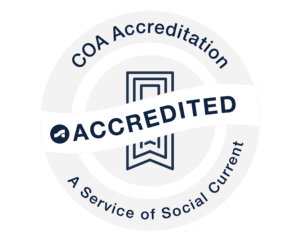THE OPIOID EPIDEMIC
WHAT ARE OPIOIDS?
“Opioids” are a class of drugs that include the illegal drug heroin, synthetic opioids such as fentanyl, and prescription pills like oxycodone (OxyContin®), hydrocodone (Vicodin®), codeine and morphine. All of these drugs are chemically related and interact with our bodies by binding to opioid receptors. When prescribed and taken properly, prescription opioids can be used to relieve moderate to severe pain. However, because they can produce a sense of euphoria in addition to pain relief, they are often misused. Dependence and addiction can set in quickly, often leading to overdose incidents and death.
WHY IS IT AN EPIDEMIC?
In 2017, more than 47,600 people died of opioid overdoses in America. That’s more than 130 people every day, or one person every 11 minutes due to the misuse of these drugs. The continued rise in these numbers has caused the U.S. Department of Health and Human Services (HHS) to declare the opioid crisis a public health emergency.
THE OPIOID EPIDEMIC IN NUMBERS
130+ people a day die from opioid-related drug overdoses.
Nearly 80% of heroin users reported misusing prescription opioids prior to heroin.
103,000+ adolescents had an opioid use disorder in 2017.
WHY DO PEOPLE BECOME ADDICTED TO OPIOIDS?
Opioids block feelings of pain and trigger a release of dopamine, which is the chemical in the body responsible for feeling good, feeling rewarded, and other warm-fuzzies. However, that chemical isn’t designed to last. In a healthy environment it’s a good thing, helping us to seek reward or feel good from spending time with friends, riding roller coasters or finding money in an old pair of jeans. When replaced with opioids it can start a dangerous cycle, even if the point of taking the pills is pain relief, not about feeling rewarded. This can teach the brain to seek opioids for rewards instead of healthy alternatives.
According to the Centers for Disease Control and Prevention (CDC) dependency can begin in as little as 5 days. Dependence on opioids happens with repeated use, so the parts of the brain responsible for releasing dopamine only function normally when the drug is around — and when it’s not, things get unpleasant. The more someone takes opioids, the more the brain adapts to having them around. In order to get the same feeling, higher or more frequent doses are needed.
WHAT’S THE DANGER?
The reason opioids do what they do so well is because of the effects they have on a person’s brain and central nervous system. When opioids are taken in high doses, or other drugs are mixed with them, the result can be deadly. Instead of shutting down pain the body itself can begin shutting down completely. One of the most often and severe side effects is respiratory depression and failure. The urge to breathe begins to lower and a person starves their body of oxygen. The lack of oxygen slows and stops vital organs like the brain and heart, causing a person to pass out. Within 3-5 minutes without oxygen brain damage starts to occur, quickly followed by death.
HOW CAN YOU AVOID ADDICTION TO OPIOIDS?
Everyone who takes prescription opioid painkillers like OxyContin or Vicodin, even as prescribed by a doctor or medical professional, is at risk of developing a tolerance, becoming dependent on them, and even addicted.
This may seem confusing, since taking things as prescribed is usually what people do when they’re trying to be responsible. That’s not to say people shouldn’t trust their doctor / surgeon / dentist / nurse practitioner. It is always good to seek reliable professional medical advice. However, over-prescriptions can still happen, so it’s important to talk to those medical professionals. Having the most information possible about opioids before taking them is a great place to start.
If you or a loved one is considering taking opioids to manage pain, it is vital to talk to a physician, anesthesiologist or other pain medicine specialist about using them safely and exploring alternative options if needed.
NONOPIOID ALTERNATIVES FOR THE TREATMENT OF PAIN
A guide to working with your healthcare practitioner to manage pain.
ADDITIONAL RESOURCES
BREVARD MEDICATION DISPOSAL
Help prevent medication abuse and misuse by collecting any unused or expired medications in your home for an anonymous, safe, and environmentally-friendly disposal.
NEVER USE ALONE
A life saving point of contact for people using drugs alone. Call this toll free number ahead of time and get help in the event of an overdose.
BRAVE APP – REMOTE HARM REDUCTION
Brave App helps to connect people who use drugs with community members when they are vulnerable to overdose.
CANARY APP – OVERDOSE PREVENTION
Canary recognizes that as many as one in five overdoses happen in places where help is just steps away and works by connecting people who are experiencing overdoses to help nearby.
ADDICTION CENTER
Addiction Center provides informational web guides about substance misuse, including a dedicated section that details the signs of opioid addiction and the different recovery support options that exist.







